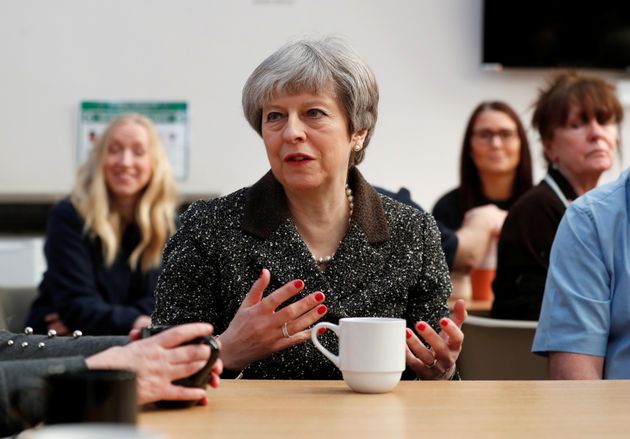
There will be a lot of debate about the pay gap today, after the welcome move for companies to submit their figures on equal pay. But there is another gap which parties may try to avoid bringing up.
Currently just 32% of MPs and 33% of local councillors in the UK are women – a gaping ‘political equality’ gap which needs solving. But action at the top has been slow.
But with the deadline for large companies to reveal their gender pay gap having passed, it’s time for government to look closer to home.
There is already legislation on the statute book which would reveal the other gender gap – but for election candidate diversity. It just needs enacting.
Section 106 of the Equality Act would require parties to publish diversity data on their election candidates, as the first step towards tackling the gender gap in politics and to improve diversity.
Simply reporting diversity figures can have a powerful effect. The information would provide an invaluable resource for those seeking gender equality.
But it would also increase the accountability of parties and their branches up and down the country – creating positive competition. A ‘race to the top’.
There can be no doubt that in order to see more women elected to our political institutions, political parties need to stand more women candidates.
Yet there is no official information on the diversity of those standing for election at any level of government at the moment. All efforts so far have been unofficial attempts by campaigners such as the ERS and the Fawcett Society.
We know that while women register to vote, and vote, in equal numbers to men, when it comes to standing for election, the playing field is not equal. Knowing who is standing, and where, is the first stage to improving things.
There are strong and growing calls for a shift on this. The Women and Equalities Committee’s 2017 report on women in the House of Commons urged the government to bring Section 106 of the Equality Act into force and give the Electoral Commission powers to collect and host this information.
The government responded – but shrugged it off, citing a concern for ‘burdening’ political parties.
Yet political parties are best placed to know who they are standing in elections. And if they are committed to improving the diversity of their elected representatives, they would surely want us to know.
Since 2010, the government has committed to open and transparent government, believing that open data and transparency can improve accountability and outcomes in the public sector.
So it seems incongruous that on the issue of candidate diversity, open data is not seen as a possible source of improved results.
We have just submitted a proposal to the Open Government Network’s data consultation, calling for the enactment of Section 106 of the Equality Act. It is a small but important step towards improving the diversity of our political institutions.
And we also need this important legislation to be extended to cover local elections and combined authority mayoral elections.
With women making up only 33% of local councillors, only four out of 16 elected mayors, and no directly-elected metro-mayors, the issue of women’s representation extends well beyond the national level.
To improve accountability, and act as a source of pressure to improve, transparency about the diversity of candidates is essential.
The Speaker’s Conference on Parliamentary Representation back in 2010 called for it, Westminster’s Women and Equalities Committee have called for it, and campaigners are calling for it.
Now that companies have revealed their gender pay gaps, it’s time UK parties tackled the inequality in their own back yards.
We’ve seen businesses play their part – now government and political parties must play theirs in showing their diversity figures.
Doing so is easy: the legislation is ready to go. Now it is time for the government to deliver on its own commitments.
Jess Garland is director of policy and research at the Electoral Reform Society



